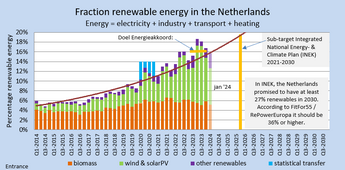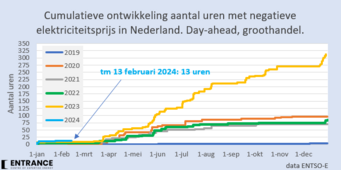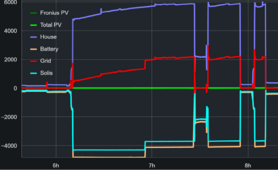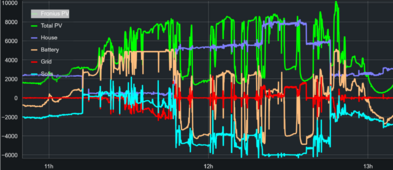My 2p's worth (feels more like 20p's worth)...
Very helpful thanks. On oversizing the array for the inverter, is there a % Solis recommend? Currently got 3.5-4kW of panels (backside solar generation too hence if it works, maybe 4kW) which is a bit low for the 6kW Solis - I assume it'll run fine on that but allow me to add another 3kW with no problem.
Not so much a %, but a max value, as per Solis Datasheet - the S5-EH1P-6K supports up to 8kW PV input, but you'll also need to check voltage and current of your panels are within range - see:-
(6kW Solis is the suggested swap for the faulty inverter I have at present - and at times we'd easily need 6kW so that works).
6kW is possible provided you have at least 1kW of PV generation - battery alone is 5kW, probably a bit less if you use Pylontechs due to their lower voltage than most other battery packs.
Plan is to pair with pylon tech batteries, initially 10kwH but probably expanding to 15kWh quite soon when I see either a decent price one used or new. I assume with the Solis adding more batteries is straightforwards?
Yep.
For those that install them in the garage, do you have the energy meter installed next to them, or a comms cable to the main consumer unit and the meter installed there?
In my case, comms to the CU which is 30m away; see also this thread:-
Hi all, I've just found the forum whilst trying to research a solution. I'm looking for some guidance with regards to battery storage. I have a Luxpower 3.6K hybrid inverter with approx ~3Kwp solar panels. I'm trying to figure out if it's feasible to DIY adding battery storage (obviously...

diysolarforum.com
Other location is a cupboard with my switch rack in it already - less ventilation but it doesn't get hot - does the Solis need a lot of free circulating air or is a roomy understaffs cupboard likely to be okay for it. No point putting it in there if it's too heat sensitive and the fans are always on!
That's a no-no, as
@peufeu and
@rpdom have already advised.
Since we're settling on the Solis, one more q on this thread for the Solis experts - is it acceptable to mix and match batteries on the one inverter, or not? I was going to get another pylon tech 5000 to go with the 2 currently on the order, but have noticed the Frogstar 15kwH for about £2k (with VAT relief) which is 3 x the battery for twice the price..... or would I need a second inverter (which I know is probably ideal).
You cannot match Pylontech with virtually any other battery pack as the
cheapskate design only has 15 cells, rather than the usual 16. IMHO I'd cancel the US5000 order and go for Fogstar (not frog!) instead. Or if you are into DIY what about the Seplos / 280Ah or 305Ah cells solution that Fogstar sell instead?
UK DNO's do not ask for MCS, with the right wording you even can get a DIY G98 registered but a qualified electricians sign off works 100%. G98 is an inform process, they cannot stop your install, G99/G100 is a pre install permission process so no work can be started until the approve. So keep to 3.68kw or below and you just inform them via G98. I have a G98 grid install plus and off grid install, in the right weather and season I can disconnect from the grid and then combine both.
True that G98 is simpler, but I found my subsequent G99 approval process to be very straightforward and the DNO got back with approval within a week.
thanks for the info. I assume if I have a G98 install and up the power I simply request permission first then connect once agreed?
You would just complete a G99 application and signal that the existing G98 is being decommissioned. In my case, I was keeping the exsiting G98 installation, so the new EH1P 6kW inverter was an addition via a G99 application.
Before going above 3.68kw you need permission, you cannot install and then apply as they could refuse and you would have to dismantle the additional capacity.
Technically, yes they could refuse. In practice they will tell you that you are restricted to export of <some-number-between-0-and-6> kW of export, so you would just need to install and commission the EH1P-6K with export power limitation to less than its maximum capacity.
Were they bothered about a certified install (my current one is but the replacement inverter will be an, err, replacement, and so not sure if I need it recertified.....
You will just need to get the G99 approval in. However, you will also need to check the internal wiring / fuses etc. are suitable for the 6kW output of your new inverter - i.e. can support at least 32A. If not, wiring will require and upgrade (obviously to BS7671 standards).







